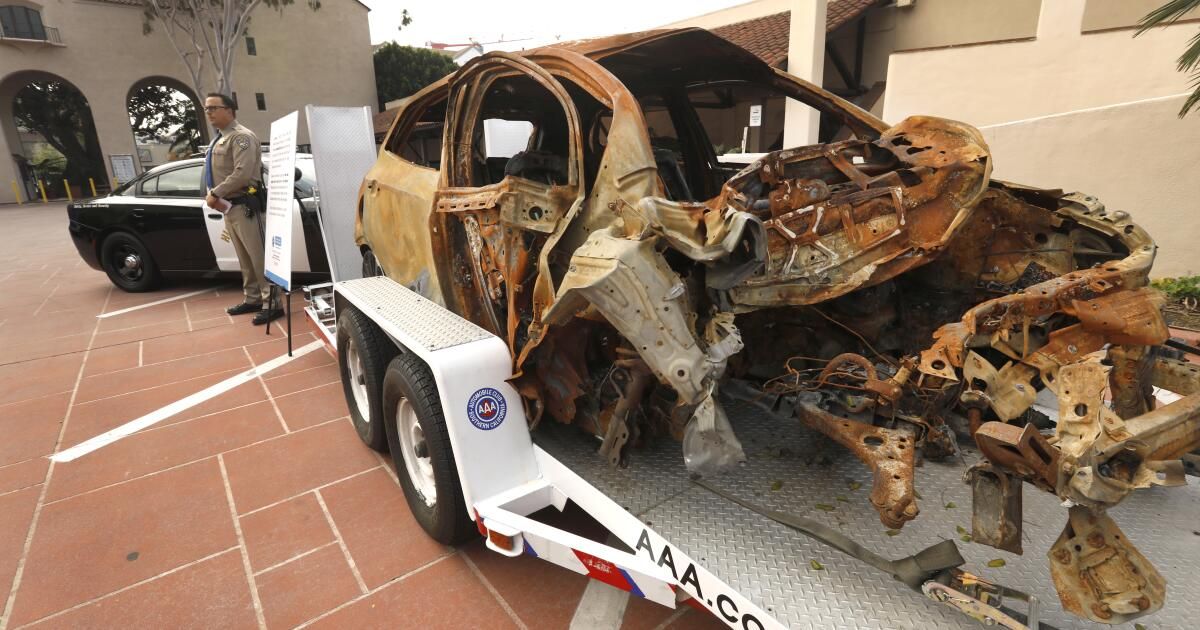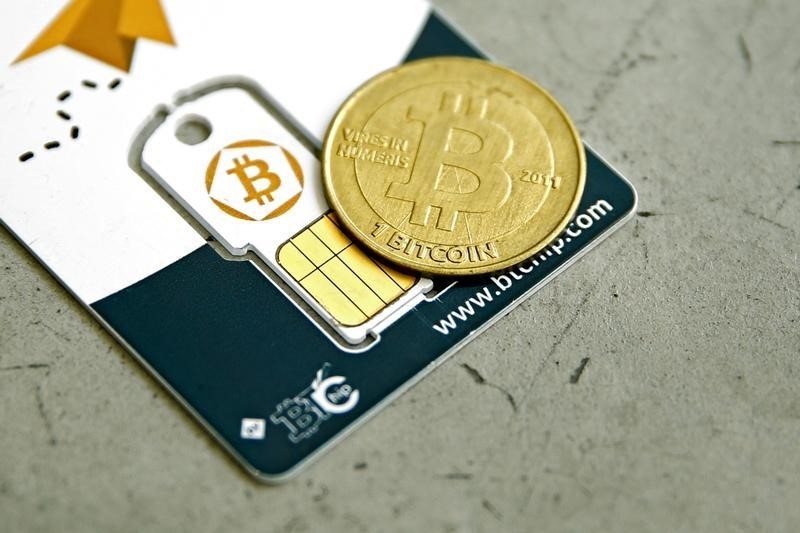Road deaths are rising again: 46,000 in the US in 2022, a 22% increase, according to figures released last week. How many of those deaths involved distracted driving?
“It's much higher than the data shows,” said Bruce Landsberg, vice chairman of the National Transportation Safety Board. Data collection methods are so riddled with problems, he said, that making reliable estimates is difficult, if not impossible.
But if those methods don't improve — and soon, Landsberg said — the carnage induced by unsafe cell phone use and other forms of distracted driving will continue.
“This is an epidemic,” he said. And it's not just about deaths. “Everyone talks about deaths, but there are hundreds of thousands or more life-altering injuries: broken limbs, brain injuries, horrible burns. This doesn't have to happen. These crashes are not accidents. “They are completely preventable.”
Landsberg is part of the National Distracted Driving Coalition, a group formed in 2021 that is redoubling efforts to solve the data problem and help persuade cell phone manufacturers, motor vehicle manufacturers, software companies, lawmakers and drivers themselves distracted that the problem constitutes a public health crisis that all parties have let it pass.
The group is also trying to do what the National Highway Traffic Safety Administration, the country's top auto safety regulator, has been fighting for: harness new technologies, including machine learning, to better measure the prevalence of driving. distracted on American roads and take serious action. efforts to reduce it.
Lawmakers at the state and federal level often resist stricter distracted driving laws, said Robyn Robertson, executive director of the Traffic Injury Research Foundation, a member of the distracted driving coalition, in part because drivers addicted to their phones They don't claim them. . According to the NDDC, neither drivers nor legislators understand the seriousness of the problems.
“If we can't prove it's a problem, then we can't focus attention and resources on fixing it,” Robertson said.
The most recent figures available from NHTSA show that of 38,824 highway deaths in the 2020 pandemic year, 3,142 were due to distracted driving, less than 10%. The NHTSA counted 324,652 distracted driving injuries.
Among experts in the field, the NHTSA figures are widely considered underestimates. The National Distracted Driving Coalition estimates the actual numbers to be between 25% and 30%, but no one can say for sure.
The reasons are many: the country's car accident data system was created decades ago and has not kept pace with technological progress; Different states and different police departments collect data in different ways, sometimes still on paper accident report forms that don't include checkboxes or distracted driving sections; At accident scenes, distracted driving is rarely evident, and proving that someone was using a cell phone can be a long and complicated task; and drivers are reluctant to admit that they were using their phone before an accident. In some cases, the driver and other witnesses may be dead and unable to offer any testimony.
It's relatively easy to determine if someone was speeding, drunk or high, Robertson said. “Either you are accelerating or you are not. Either you are incapacitated or you are not. When it comes to distractions, it is less clear,” he said.
NHTSA has been studying ways to improve injury and death data collection for decades, with little progress. The federal safety agency has long been criticized for appearing to put the concerns of the auto industry before public safety. Over several years, the agency has declined multiple requests from The Times, including the one for this article, to interview NHTSA leaders about the issue.
The National Transportation Safety Board, Landsberg's agency, is a government body tasked with investigating motor vehicle, railroad, ship and airline accidents and making recommendations to regulators and lawmakers. It is sometimes confused with NHTSA, which is the agency in charge of regulating and enforcing the law.
“We can't force anyone to do anything,” Landsberg said. Sometimes NHTSA follows the NTSB's recommendations, but often it does not.
Many of the 50 states have passed distracted driving laws, but they differ in requirements and level of enforcement, according to the Governor's Highway Safety Association.
That's why the National Distracted Driving Coalition is trying to gather data from academics and other researchers, safety groups and commercial operations to better identify and understand the problems involved.
In December, the group released a report packed with data from studies and surveys, including a consumer survey that showed 67% of respondents were “concerned” about handheld phone use while driving, and about a third were not. Concern about texting while driving reached 80%.
The report includes results from Travelers insurance company's 2022 survey that showed:
- 77% said they used their phone while driving.
- 74% used maps on their mobile.
- 56% read a text message or email
- 27% updated or reviewed social media.
- 19% (1 in 5) shopped online while driving.
The report also highlighted some advances being made using modern technologies that have been largely ignored by government regulators.
One is the use of video cameras and machine learning, a branch of artificial intelligence, to assess the prevalence of distracted driving with a mobile phone in real time. The systems look through the windshields of passing cars and assess whether someone is using their phone.
The systems hide faces and other individual markings and aggregate data to assess trends and, the creators say, are not used to bring legal cases against individual drivers.
“We built privacy protections into the system, for use by researchers,” said Josh Graver, CEO of PathZero, a Boston company affiliated with the Massachusetts Institute of Technology. Video logs “are deleted as soon as they are no longer needed.”
Other companies are doing what safety advocates wish cell phone companies would do: disabling the most distracting driver features of a phone or in-car infotainment system while the vehicle is operating.
“The phone companies and the technology companies are the ones who created this problem, they can fix it if they want to,” Landsberg said. And vehicle manufacturers, too: “They're putting 14-inch screens” in cars, he said. “Where do you think the driver will be looking?”
A company called NoCell Technologies in Aliso Viejo sells its services to commercial fleets that have high incentives to enforce safe driving among their workers: Corporations with deep pockets are more likely to be sued when their distracted employees or contractors crash.
The NoCell system can disable phone functions or the entire phone and report if, when, and for how long a driver is using a phone.
Drivers “don't hear buzzing, beeping or knocking while the vehicle is moving, so they don't reach for their phone and look down causing crashes,” said Corey Woinarowicz, NoCell's chief revenue officer. “Technology got us into this mess and technology will have to get us out of this mess.”
Of course, drivers themselves could discipline themselves against dangerous phone use, but that would require both an honest self-assessment of personal behavior and the willpower not to respond to temptation, which seems unlikely to happen on a large scale.
“We tell ourselves it always happens to someone else,” Landsberg said, leading to the conclusion that “it's not a problem.”
Watch LA Times Today at 7 pm on Spectrum News 1 on Channel 1 or stream live on the Spectrum News app. Viewers on the Palos Verdes Peninsula and Orange County can watch it on Cox Systems on channel 99.









